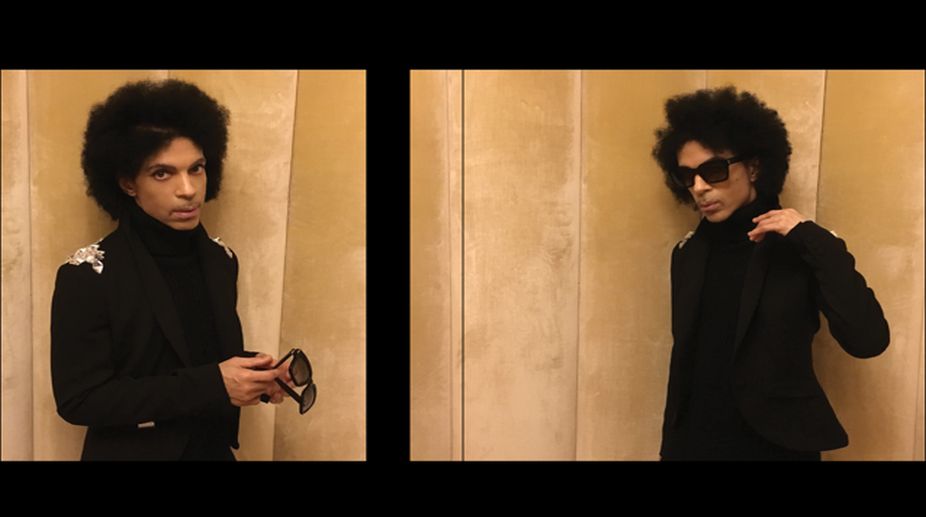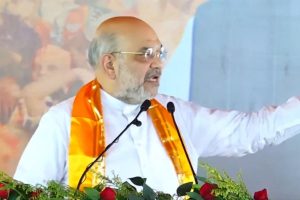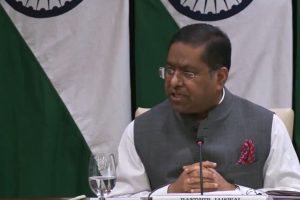It is one of the great mysteries in recent American pop culture: the death of Prince almost one year ago and the circumstances that led him to be found crumpled on the floor of an elevator at his sprawling residence Paisley Park outside of Minneapolis. How did he come into possession of the powerful opioid fentanyl, which killed him in what the coroner ruled was an accidental overdose? How did he so expertly conceal what appears to have been his addiction to pain medicines? And who, if anyone, bears some responsibility for his demise at 57?
To a surprising degree for a high profile celebrity death, few answers have emerged for those questions. Many friends still seem at a loss to explain how a man who espoused a clean lifestyle, who had adopted a vegetarian diet and avoided marijuana and alcohol, could have hidden his dependency. Investigators continue their efforts but have given no indication they have discovered where Prince obtained the fentanyl.
This much is clear: Prince suffered from chronic hip pain, and that may have set him on a course to find relief. Surely, near the end, some of those closest to him understood that he had a drug problem. Six days before he died, his chartered jet had to make an emergency landing when he overdosed on a trip home from a concert, and plans were underway to have him see an addiction specialist. But those efforts came too late to save Prince, whose departure left a huge void for fans, friends and those he had worked with.
“It’s a big hole,” said Van Jones, a political commentator and activist who was a friend of Prince’s. “I miss him a lot more than I thought I would. You never get past it. You could be sitting in your car, and all of a sudden a Prince song comes on, and you’re thinking about him again.”
Just a few days from the anniversary of his death, 21 April, here’s what is known about the various pieces of the mystery based on an array of recent interviews. Investigators still mum. Pharmacy records. Doctors he saw. Friends. There are only so many places investigators can look for information on how Prince may have acquired the fentanyl that killed him. But now those traps have been checked, no one has been arrested, and after a year, the going can get a bit tougher.
The investigation is being led by the Carver County Sheriff’s Office, in conjunction with the Drug Enforcement Administration. Jason Kamerud, chief deputy for the sheriff’s office, said that the findings would eventually be passed on to the US attorney’s office, where a determination will be made on whether any prosecutions should be pursued. The sheriff’s office has interviewed people who were at Paisley Park on the day Prince’s body was discovered, such as one doctor, who was treating him but arrived too late.
If Prince’s fentanyl came from the black market – which appears clear, because investigators do not seem to have turned up a prescription – tracing it will be all the more difficult, as there is no official paper trail In the days after Prince died, two doctors became figures in the drama. One was Dr Michael T. Schulenberg, who treated Prince before his death and arrived at the musician’s house on the day he died with test results, only to find him dead. Investigators questioned the doctor, who had prescribed an undisclosed medication to Prince, and executed a search warrant for the musician’s medical records. The other was Dr Howard Kornfeld, a California opioid addiction specialist, who had been called in by a friend of Prince to treat the musician for his dependency. Dr Kornfeld’s son, Andrew, arrived at Paisley Park after Prince had died with a small dose of the drug Suboxone, an anti-addiction agent, which he was not legally authorised to administer. Today, neither the doctors nor Mr Andrew Kornfeld seem to be of continuing interest to investigators. Dr Kornfeld continues to run a treatment centre in California, and his son is now applying to medical schools. Dr Kornfeld said in an interview that he is glad Andrew had the presence of mind to be the one who called 911 that morning, though Prince, it later turned out, had been dead for several hours.
Prince’s death was just one in a surging number of fatal overdoses from opioids, which were a factor in some 33,000 deaths nationwide in 2015, the last year for which the Centers for Disease Control has statistics. Overdoses of opioids have quadrupled since 1999.
“Prince’s death has raised the profile of the opioid crisis even further,” said Dr Chris Johnson, chairman of the Minnesota Department of Human Services Opioid Prescribing Work Group. Minnesota officials said that fentanyl had not been seen on the local black market in appreciable numbers for some time. Then, last year, it became pervasive. Largely smuggled from labs in China and Mexico, fentanyl is significantly more potent than other opioids – as much as 50 times stronger than heroin. But it’s cheaper to produce, so it’s often disguised as more expensive prescription pain pills. Given that deception, said Mr Kent Bailey, assistant special agent in charge at the Minneapolis office of the DEA, a vast majority of people who use fentanyl think they are taking something much milder. Since Prince’s death, several regulatory changes have been approved, nationally, internationally and in his home state. “Even though Prince’s final dose and exit was illicit,” Johnson said, “the reason he needed it was because of the years of prescriptions that got him on that path.” Prince’s ashes are in his favourite room, the atrium, right near the entrance, kept in an urn designed as a miniature model of Paisley Park with the pop legend’s unpronounceable symbol, bejewelled and purple, on its front. The urn, housed in a frosted plastic encasement, is mounted high on a wall.
Prince spent a great deal of time in the atrium, according to Paisley Park tour guide Mackenzie Timm. “He loved this space,” she said on a recent tour, pointing out the skylights that illuminate the space, the marble floor and the doves that live in two white cages on a mezzanine and occasionally coo. The room opens into a kitchen area, set up like a diner, with a big-screen TV where Prince liked to watch Minnesota Timberwolves and Minnesota Lynx games. The elevator in which Prince died is not visible on the tour.
The straits times/ann











